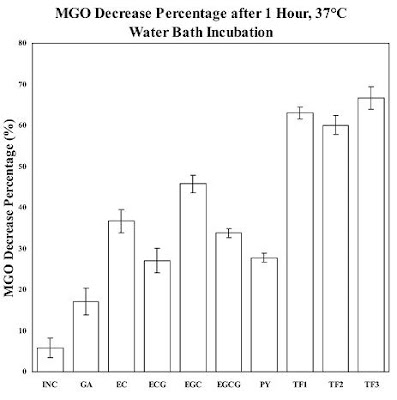Drugs like Adderrall and Ritalin are becoming more and more popular as brain boosters.
Yesterday, 60 minutes ran a segment titled "Boosting Brain Power" (link). It's about students taking drugs such as Adderrall and Ritalin to enhance their cognitive performance.
Adderrall is a prescription drug used to treat ADHD. It's a combination of amphetamines, which is why it decreases fatique and increases alertness, concentration and even libido. By boosting dopamine, amphetamine also tends to make people more motivated and interested in what they're doing. No surprise it's popular among students these days.
So popular, in fact, that according to 60 minutes, more than half of juniors and seniors at the university have tried attention deficit drugs for neuroenhancement. Only about 4% of the students actually have a prescription for them, but since doctors tend to prescribe more pills than the patients are taking, they're left with extra pills that then get distributed around campuses. For Adderrall, the market price is up to $5 per pill.
Although that might seem expensive, the students using smart drugs think it's an acceptable price to pay for better grades. The consensus seems to be that the drug is effective even in people without ADD or ADHD, and that there's nothing wrong in taking a drug to boost cognitive performance.
I find the generally positive attitude of the students a very good thing. I think nootropics and brain enhancement will become more and more mainstream as people begin to realize how much they can increase their own productivity. Sure, there will be skeptics, and once the bureaucrats get a clue of what's going on in colleges and universities, there will probably be more attempts at regulating nootropic use.
Together with potential long-term harm such as addiction, the general objection to smart drugs seems to be that it makes things less fair (see the comment section of the article for examples). As one student comments:
I feel that it is an unfair advantage. If the person next to me that has the exact same schedule takes an Adderall they can stay up the entire night knowing the material and come in and make a grade better than me.
This attitude is usually based on the idea that we should make people equal in all aspects of life. Since you can simply pop a pill to get a better grade, everyone who wants to compete would have to take one, so why not ban them to prevent unfairness?
The fallacy here is that people are not created equal in the first place – some are born smarter than others, some are willing to work harder than others, some have skills others don't, etc. There is no way to truly make people equal. We're not making it illegal for hard-working students to study more than their peers, nor are we forcing intelligent people to take stupid pills. So why should we ban nootropics?
Some people say that there's a difference to studying hard and taking a smart drug, because the former requires honest work and the latter is somehow "cheating". It is true that those taking Adderrall or some other drug may have an advantage compared to those not taking it, but so what? Surely increasing people's cognitive function is a good thing, even if there are those who don't want to do so. Is it cheating to get a good night's sleep before an exam or to eat healthily?
Once smart drugs become the norm – and in some campuses, they already are – people will still have to work hard to get good grades, because the general level of competition will go up. The end result, however, is that people will be smarter and more productive.
For those who wish to cling to some strange ideal of accepting nature as it is, I have only one question: What is more admirable, to be lucky enough to be born with good genes or to do everything in your power to be as good as you can be?
Besides, the world is already full of things that boost brain performance. Caffeine is probably the most famous one. Are those who are opposed to using Adderrall also against drinking a cup of coffee or a Red Bull before an exam? And, even though smoking is banned in many places, you can slap a nicotine patch on your arm and gain a similar "unfair advantage" without anyone raising an eyebrow. But for some reason, people accept old things as given and view new things with irrational suspicion.
The nootropic meme is spreading so fast that it's not just the students who view nootropics in a positive light – even the professors and lecturers are now admitting to taking stimulants to enhance their brains.
If you're still skeptical about nootropics, try to think of the good side. Yes, some of them are indeed addictive (like caffeine) and have side effects, and you shouldn't start popping pills randomly without reading about them first. But not everything that gives you an edge is harmful; some smart drugs are even neuroprotective against things like Alzheimer's disease.
Who knows, maybe they could even help you finish that book you always wanted to write, like the economics teacher at Harvard interviewed in the video.
For more information on nootropics and brain function, see these posts:
The Many Health Benefits of Rooibos Tea
Ashwagandha as a Nootropic – Experiment Begins
Nootropic Battle Conclusion: Acetyl-L-Carnitine vs. Ginkgo Biloba vs. Taurine
Green Tea Protects from the Psychological Effects of Stress in Rats






